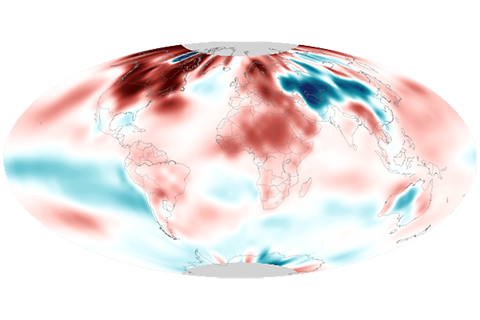
Despite the influence of La Niña, December 2020 was the eighth-hottest December on record helping 2020 become the second-hottest year on record.
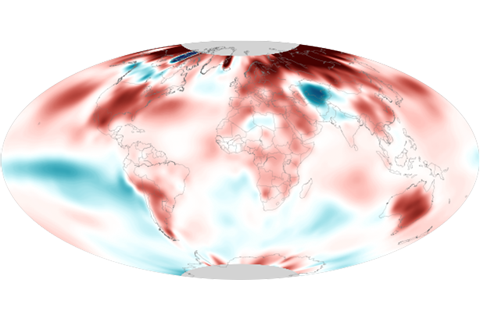
November 2020 was the second-warmest November on record, which increases 2020's chance of becoming the warmest year on record to over 50%.
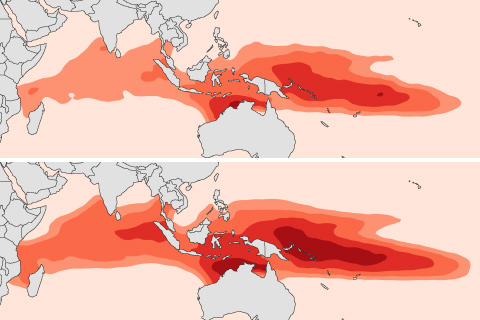
The large, warm pool of ocean water in the Indian and west Pacific Oceans has been growing warmer and expanding in size since 1900, impacting the Madden Julian Oscillation and regional rainfall.
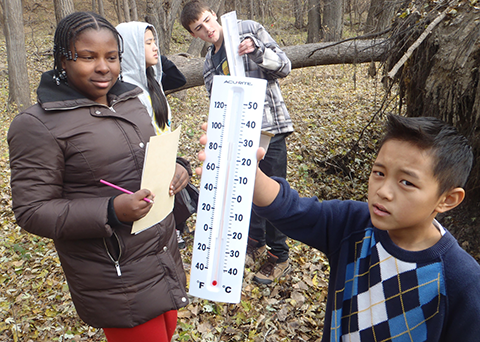
Join three education experts to talk about how engaging, empowering and educating others can lead to powerful climate action.

Yes, there are, but the only new process on Earth that has been identified that can account for the significant tipping of Earth's carbon balance is human activity, including deforestation, biomass burning, cement production, and—especially—fossil-fuel emissions.
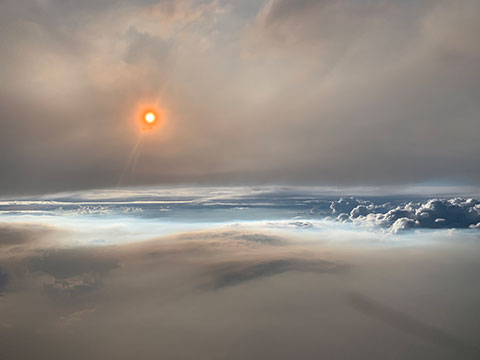
If you missed our August 29 tweet chat, here's the transcript. Read what the fire and smoke experts had to say about the FIREX-AQ field campaign and its mission to study what's in the smoke from wildfires and agricultural burning.
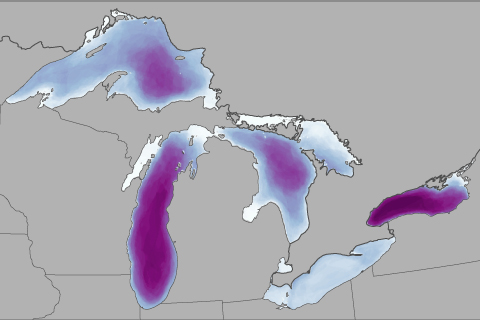
Ice cover on the Great Lakes has been decreasing since the 1970s, affecting everything from fishing to shipping.

January 2017 brings the heat down under in Australia
February 10, 2017
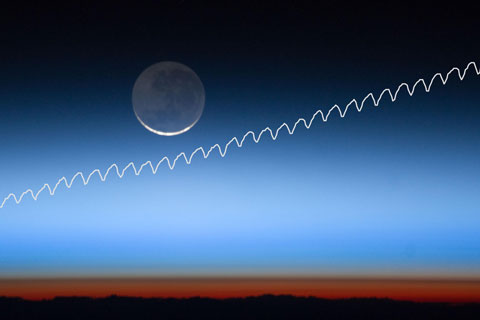
For 800,000 years before the twentieth century, carbon dioxide levels in Earth’s atmosphere never exceeded 300 parts per million. In March 2015, the monthly average went above 400 ppm for the first time.

In addition to its primary mission of observing space weather, the Deep Space Climate Observatory (DSCOVR) satellite is carrying two instruments that are important to climate science: the NISTAR radiometer and the EPIC camera.